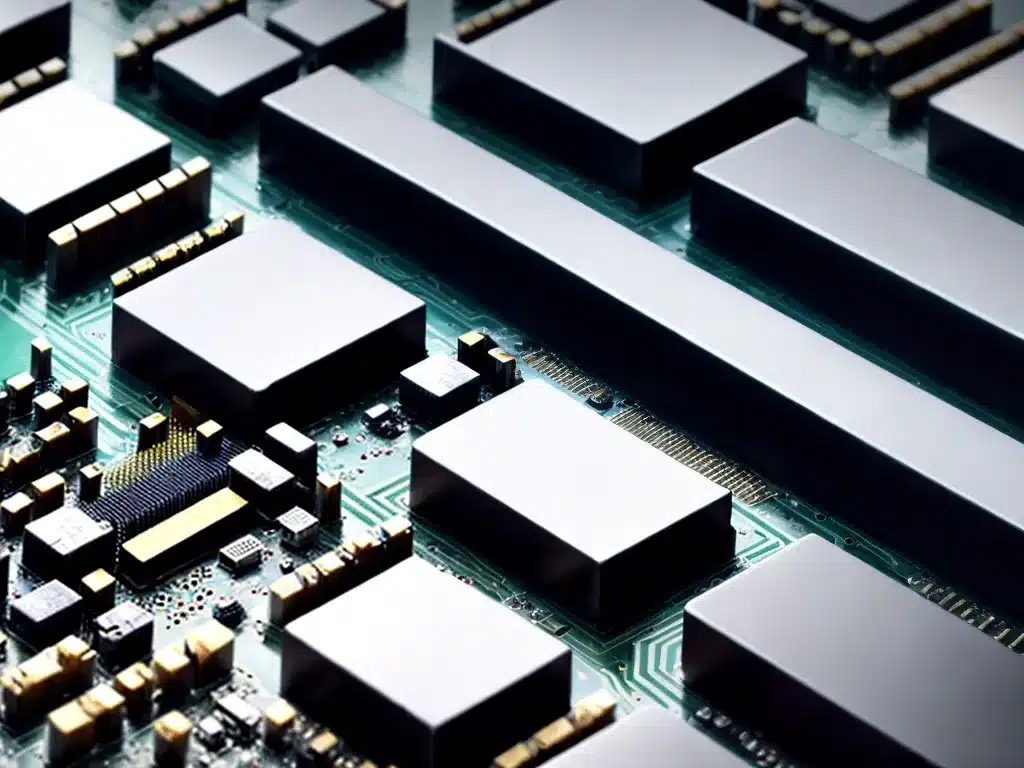
Introduction
Installing more RAM (random access memory) is one of the best and easiest ways to dramatically boost your computer’s performance. RAM allows your computer to store and access data quickly, so the more RAM you have, the faster your computer can operate. Adding more RAM can make your computer boot up faster, run applications smoother, allow you to multitask more efficiently, and generally improve your overall computing experience.
In this guide, I will walk you through the entire process of installing more RAM in your desktop or laptop computer step-by-step. I will cover determining how much RAM your computer needs, choosing compatible RAM modules, safely installing the new RAM, and verifying the RAM upgrade was successful. Follow along and you’ll have an easy DIY RAM upgrade!
Determine How Much RAM Your Computer Needs
Before purchasing and installing more RAM, you need to determine how much your computer currently has and how much it can support. Here’s how to check both:
Check Current RAM
To check how much RAM your Windows computer currently has installed:
-
Click the Windows Start button and type “System Information” to open the System Information app.
-
Under the System Summary, look for the amount listed next to Installed Physical Memory (RAM). This shows your total installed RAM.
To check the RAM on a Mac:
-
Click the Apple menu and select About This Mac.
-
Look for the amount listed next to Memory or RAM.
Check Maximum Supported RAM
Next, you need to check the maximum amount of RAM your computer can support.
For Windows PCs, look in the System Information app under Memory Summary > Maximum Memory Capacity.
For Macs, check Apple’s support site for your model to find the maximum supported RAM.
Alternatively, you can open your desktop computer and look at the RAM slots on the motherboard or check your laptop manual to determine the maximum RAM capacity.
Choose Compatible RAM Modules
Once you know how much RAM your computer currently has and the maximum it supports, you can shop for new modules. It’s important to choose compatible RAM that matches:
-
Type – Most modern computers use DDR4 RAM modules. Older systems may require DDR3 or DDR2.
-
Speed – Faster RAM speeds generally provide better performance. Look for RAM with a speed (MHz) equal to or greater than your current RAM.
-
Size – Common module sizes are 4GB, 8GB, 16GB. Match the size of your current sticks.
-
Form factor – Desktop RAM looks like long sticks that insert into slots. Laptop RAM is smaller with shorter pins.
Refer to your computer manual or system information to determine the RAM specifications you need. When in doubt, choose RAM from the same manufacturer as your current RAM for guaranteed compatibility.
Safely Install the New RAM
Once you have the new RAM modules, it’s time to open up your computer and install them.
For desktops:
-
Unplug the computer and touch the metal case periodically to ground yourself and avoid static discharge.
-
Remove the side panel to access the RAM slots on the motherboard.
-
Push down the release clips on the sides of the RAM slot you want to use. This may require a flathead screwdriver or your fingertips.
-
Align the notch on the bottom gold edge of the RAM stick with the notch in the slot.
-
Insert the stick straight down firmly into the slot until the clips snap back into place. Make sure it is fully inserted.
-
Repeat steps 3-5 to install RAM in additional slots if you have more modules.
-
Replace the side panel, plug devices back in, and power on the computer.
For laptops:
-
Shut down the laptop, unplug it, and remove the battery.
-
Locate the RAM cover secured by screws on the bottom of the laptop. Remove the screws and cover.
-
Gently pull away the retaining clips at the sides of the occupied RAM slot. The RAM stick will pop up at an angle.
-
Pull the original RAM stick out and insert the new stick at the same angle. Make sure the notch aligns properly.
-
Push down firmly on both ends of the RAM stick until the clips snap into place to secure it.
-
Replace the RAM bay cover and screw it back in. Reinsert the battery and power on the laptop.
Verify Successful RAM Installation
To check that your new RAM was properly installed and is working correctly:
-
Go back into your system information to confirm the RAM quantity has increased.
-
Start up heavy applications like games or video editing software and verify performance improves.
-
Check for crashes, freezes, or errors which could indicate incompatible RAM.
If you encounter any issues, re-seat the new RAM sticks by removing and reinserting them. Make sure the clips clicked firmly into place on both sides.
Conclusion
Upgrading your computer’s RAM is one of the easiest and most effective ways to boost performance. Carefully determine how much RAM your system supports, purchase compatible modules, and safely install the new RAM. Take a few minutes to verify the upgrade was successful and you’ll be enjoying the benefits of improved speed and multitasking capabilities in no time!












